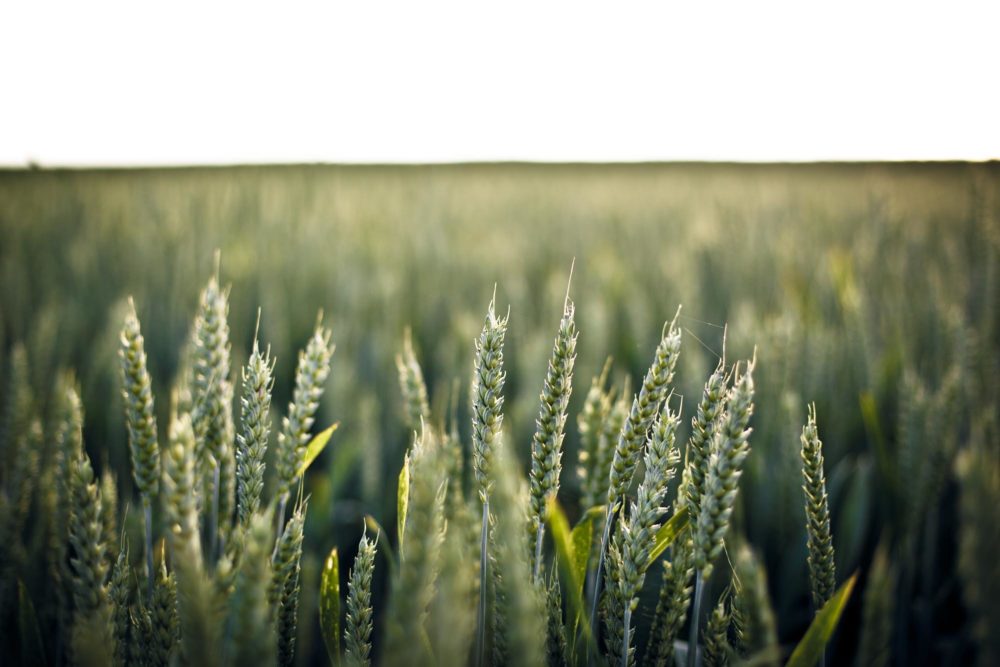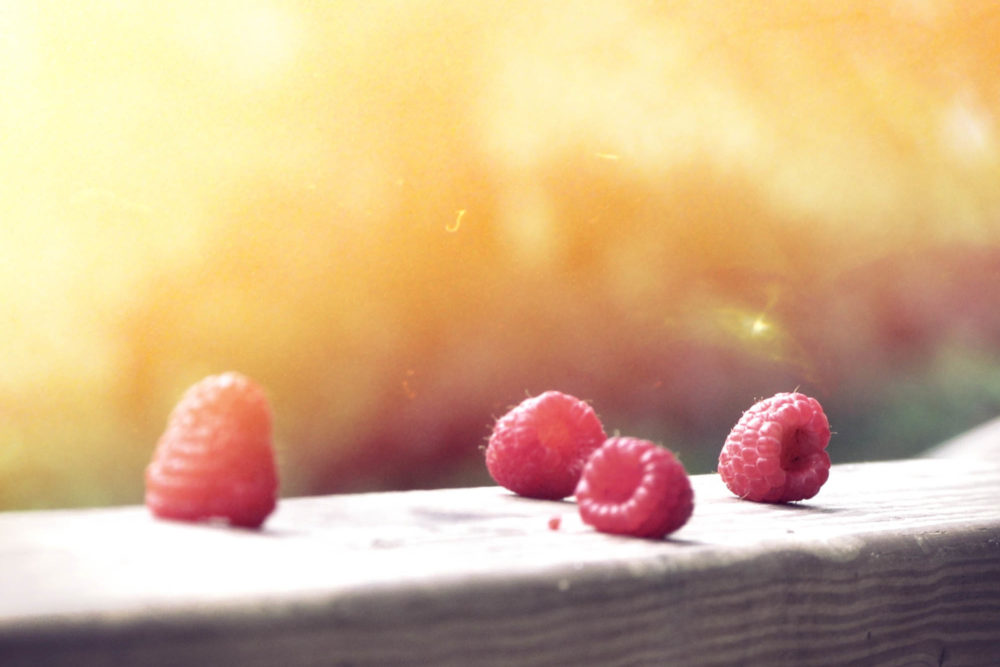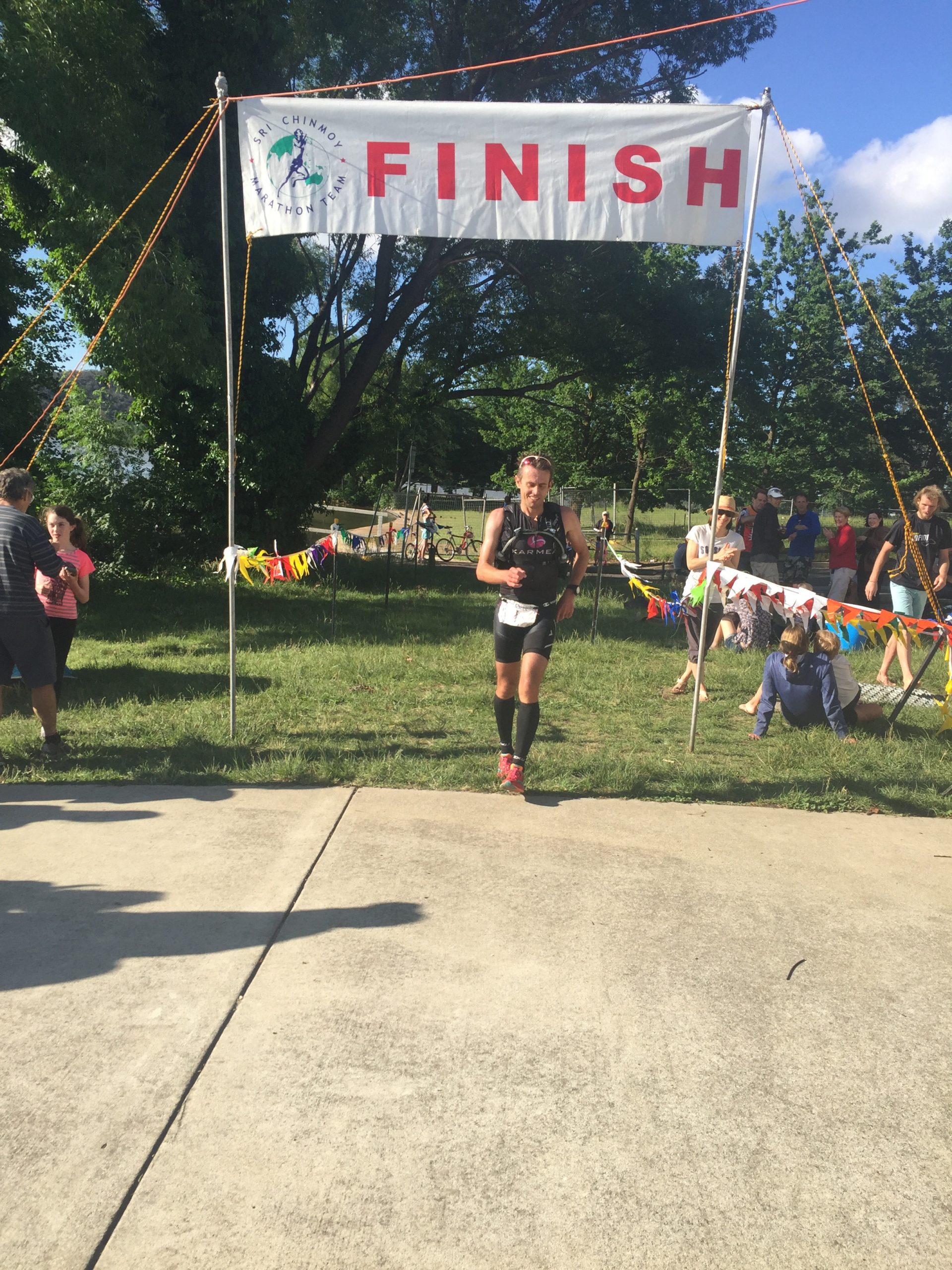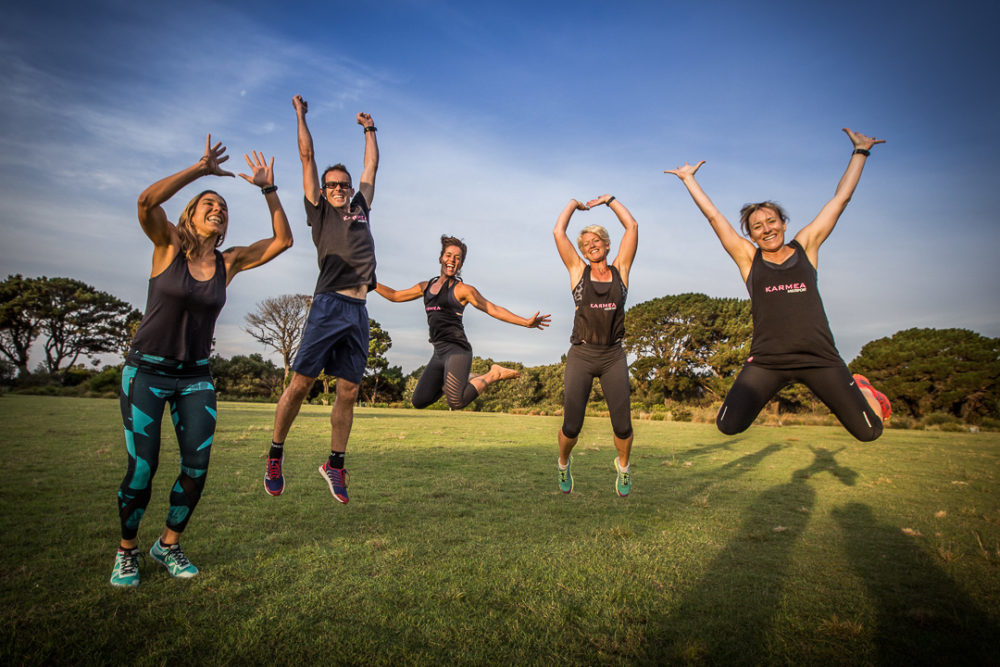
When my friend and client Katie worked for the National Aboriginal Sporting Chance Academy (NASCA), she inspired me to learn more about the organization and find out how I could get involved in supporting the work that they do. NASCA is an organization with its heart deep in the Aboriginal roots of Australia. They work in partnership with communities to strengthen young Aboriginal people’s sense of identity to culture, and strive to empower them through health, sport, and education.
In February 2015 NASCA opened applications to their Athlete and Roll Model Tours for the year, an opportunity to spend a week in a community in the Northern Territory, inspiring, teaching and learning. My application was submitted, my telephone interview took place, and then I received a very welcome email to say I had been accepted onto the tour.
Fast forward to August 2015, and I’m at Sydney airport with my ARMtour teammates and team leaders, dressed in an orange NASCA t-shirt and feeling a mix of excitement and nerves. Although we had a basic idea of our duties, the week ahead was largely unknown, so for an organization freak like me, it was time to learn to let what will be… just be.
This would be my first trip into the Northern Territory and the flight into Alice Springs over the red centre was stunning. I was lucky enough to get a window seat, and I’m still amazed at how much of a tourist I can be, in the country I’ve called my second home for 6 years.
On arrival at our base in Alice Springs we were treated to a 4 hour workshop with Deanella Mack from Cultural Connections. Deanella is a local Arrente woman, and all round font of knowledge on the diversity of the Aboriginal culture around Alice Springs.
Deanella told us more about the beliefs, practices, and what lies at the heart of the first people of Australia. What came across strongly is the connection to family and land, both pivotal aspects of the culture. She also explained the skin name and kinship systems, and the differences between Aboriginal and non-Aboriginal ways of life including perceptions of time, material possessions and communication. History is not in the past for the Aboriginal people, but very much affects the here and now, with a belief that the future will take care of itself if you focus on living in the present. In the Aboriginal languages there are no words for please or thank you, the understanding is that you share, give and take care of one another. So much knowledge and wisdom, so many basic human qualities that get pushed aside in place of possession, ownership and rights.
I could’ve listened to Deanella for many more hours than we had, and I came away thinking why isn’t this kind of stuff taught in schools! Most Australians I speak to have little knowledge of the Aboriginal way of life, either of historical events that marked huge change or how they live in present day Australia. I walked away knowing so much more but with twice as many questions. This week in community was going to be an education and inspiration for me.
The morning that we left for our respective communities, I couldn’t resist a run along the Todd River, and onto the red dirt of the Larapinta Trail. Issy, my teammate, ran with me in the fresh morning air that soon gave way to heat! Somehow the run felt different, thinking about the land in a different way, viewing the landscapes with new eyes.
Soon, we were all packed up and ready to go. Team Leader Trent in the driving seat, and teammates Larrisa, and Issy nestled amongst the many bags and boxes we had to take with us for our self sufficient week. Our destination was a community called Laramba, 200kms north of Alice Springs. After a few hours of driving, the tarmac road gave way to 80km of red dirt track, and a bumpy but exhilarating ride into the community! As we reached town we connected with Debbie, the principle of Laramba School, and Michael and Lucy, two of the teachers.
Staff turn over in remote schools is high. We were lucky enough to be in a community where the teachers had been with the school long term, Shaun 6 years, Michael on his 2nd year and Debbie and Lucy have been in Laramba for 20 years. Their unique perspective on how the community has grown and changed over the years was a great insight.
Debbie arranged for Catherine, a daughter of one of the community Elders, to welcome us, and tell us more about life in Laramba. We sat on a dry river bed and let the conversation flow. The non-Aboriginal way is to question, to fill empty space with words, and to abruptly end the chat when it’s time for us to be somewhere else. The Aboriginal way is to relish the silence, think before speaking, enjoy the natural eb and flow of the conversation, and to end when it reaches natural conclusion, no rush, hurry or clock watching. Our busy world should take note.
Monday marked our first day in school. Laramba has over 63 enrolled students and 3 classes, junior, primary and senior. Each day starts with the highlight for me, assembly, where the children say good morning to each and everyone of the teaching staff, including us this week. Hearing a school of kids shouting ‘GOODMORNING SARAH ANNE’ at the tops of their voices is the best way to start your day! Totally heart warming.
Our school days were filled with sport. Anything that involves a ball and the children will play it! I quickly realized that all my endurance sport over the years has left little room for ball sports, with my hand eye co-ordination all over the place, but it felt good to move my body in a totally different way.
We taught the seniors Archery, which they loved and were naturals at. Larrisa lead a soccer skills session, Trent passed on some of his rugby skills, and Issy showed off her netballing skills. I was blessed to teach a circuit and some yoga classes, which met with lots of giggles, but it was fantastic to see the children still and focused on the breathing exercises. I hope that they can use this in the future.
Each day was filled with laughs, lots of selfies as the children love seeing themselves in photos, chats about their family and what they love, questions about my family and home, language sharing, and also talking to the teachers about their experiences educating the children, and life in Laramba.
Although the predominant language in the region is Anmatyerre (pronounced Amadra), classes are taught in English. The students may speak up to 4 different Aboriginal languages with English as their last. Meeting 6 year olds that speak more languages than you can be a leveller!
One evening just before sunset we climbed the hill called ‘Fish Dreaming’ behind Laramba. The elevation gave us sweeping views of the landscape, and you could appreciate the remote vastness of our surroundings. The skies are huge, the colour changes at sunset stunning, the stars at night are like a blanket of a million diamonds, and Laramba is a speck in the middle of this huge wild expanse.
It’s hard to wrap up a week with the children, the teachers, and the community in one blog so here are my 5 top take homes of ARMTour:
- Prepare to be a human climbing frame!
The shyness of the children will last about five minutes! The younger children will hold your hand, hang off your back when you walk, and their energy is boundless. You learn quickly not to start swinging them around or a large queue will form!
- For the love of all things ball like
Round, oblong, big or small, if a sport involves a ball then be prepared to get asked to play. Don’t worry about the rules of the game, the children will explain it to you, and love to laugh when you get it wrong.
- Prepare to fall in love
With the real Australia in all its rawness, and the gentle, knowledgeable people, and their culture that will leave you wide eyed and heart warmed. The sense of humour and honesty of the Aboriginal people is refreshing. Prepare to fall in love with Australia all over again.
- Be prepared to adjust your perception of where you live
Coming back to Sydney and my home on the Northern Beaches, couldn’t feel further from the reality of everyday life of the real country I call home. I have been to the heart of Australia, and now I’m not sure where I live. I look at the land around me differently somehow. The true foundation of this country lays with its first people. Their strong connection to land and tradition, is something non-Aboriginal people, who focus on the future, find hard to comprehend. A sense of the past is the past and it’s time to move on, isn’t something we can all share and this should be understood more. I invite you to stand and look at this land with new eyes, research the history of your small patch of this vast country, and understand the path that you have taken to get where you are, and that of the people that lived here long before. Their energy surrounds us and is in every rock, hillside and tree. We should not forget or loose touch with this connection, and respect and consider the thoughts, traditions and ways of who this country belonged to before it was ‘settled’.
- Prepare to want to go back again and again
The energy of the children we met was insatiable. Their hunger for knowledge is wide eyed eagerness. The simple focuses of family, country, and knowledge is quickly forgotten when ‘life’ snaps you back up into your own reality. The draw to return is huge, not with a sense of wanting to help or give back but, with a genuine desire to learn more, to experience, to share, and understand. Only one week in Laramba, and the experience is one I want to hold onto for as long as I can. To keep the focus a lot closer to things that matter, to maintain a pace of life that feel like exhaling for a long long time with a huge smile on your face.
You can feel the wisdom, knowledge and connection to the land, even when you spend a short while in community. This is something that shouldn’t be forgotten or ignored. I feel privileged to have been given the chance to immerse myself in it and have it touch my life. NASCAs ARMtour is aimed at delivering activities that encourage educational engagement for the students but, it also ignites in the hearts and minds of us volunteers, a hunger to learn, change and inspire a greater understanding.
To learn more about NASCA and the great work they do, you can visit their website. I strongly encourage you to donate towards keeping their community initiatives growing. DONATE NOW




